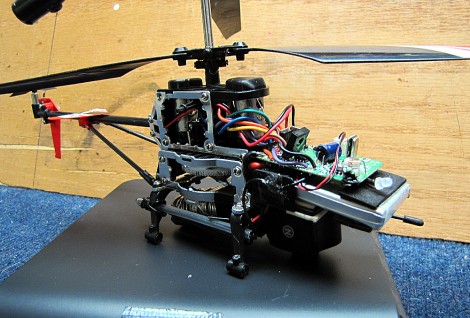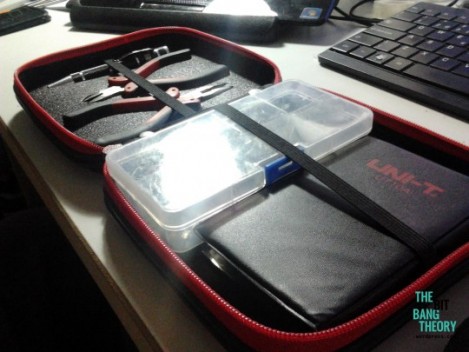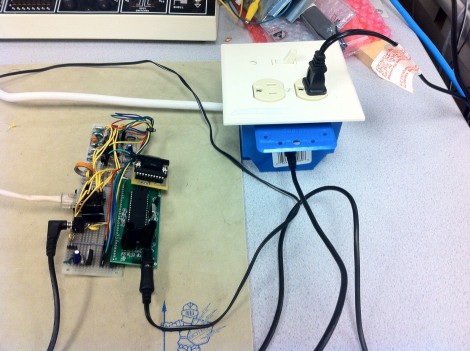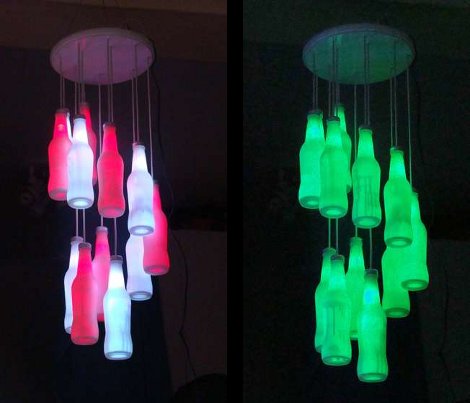
[Andrew] wanted to do something special for his wedding. Since he and his fiance [Missy] decided on a cupcake wedding cake, [Andrew] decided to wow his guests with an RGB LED cupcake holder.
The tiers of [Andrew] and [Missy]’s cupcake holder are made of acrylic laser etched with a damask pattern. These tiers are supported by a cylinder embedded with RGB leds that provide edge lighting for the acrylic panels. The effect is a series of permutating lights that illuminate the cupcake holder with every imaginable color. On the top of the cupcake cake, there’s a great cake topper made of frosted and laser cut acrylic that has the same color fade effect as the cupcake holder.
On the electrical side of things, the cupcake holder has 44 LEDs on all it’s levels. FETs driven by a 40-pin PIC18F control all the LEDs and the whole piece is powered by a computer power supply.
It’s an awesome build, especially considering it was finished just days before the wedding. After the break, you can check out a few more videos showing off the beauty of [Andrew] and [Missy]’s wedding cake.

















